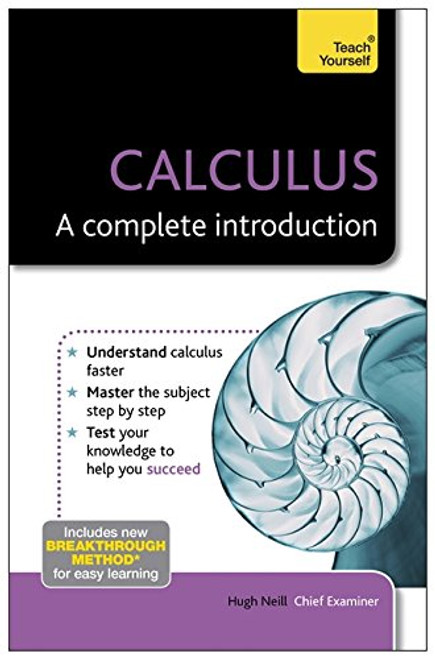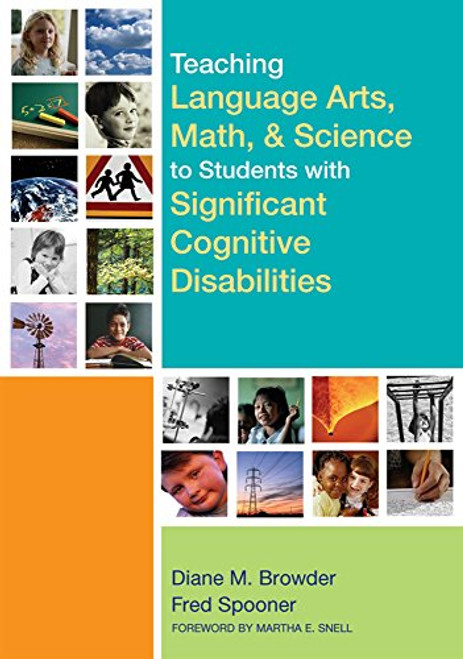Product Overview
This book's 50-plus lessons--each based on a different picture book or story--will help classroom teachers build a foundation for teaching math, science, and social studies concepts to students. Each lesson uses children's literature to make challenging, abstract concepts relevant to children's lives, inviting them to learn these concepts while responding to a story's illustrations, theme, characters, and plot. The lessons also demonstrate how teachers can use children's literature to meet national standards in math, science, and social studies.
Chapters 1 through 5 set the stage for using picture books, discussing the effective, imaginative integration of literature into the classroom. Teachers will learn to create an environment that ensures that when children and books come together, the experience is enjoyable and thought provoking. Chapters 6 through 9 provide individual lessons, by grade level, with detailed activities based on specific books.
Included in each lesson are a brief summary of the book; the mathematics, science, or social studies standards addressed; the objective of the lesson; applicable language arts experiences; key concepts; materials and procedures needed to teach the lesson; possible assessment activities; and a Making Connections section that lists related, useful books and websites.
The following are a few benefits of the lessons: Math lessons present math concepts in the context of real-life situations, encouraging students to think critically and to solve problems; science lessons focus on the process of doing science through inquiry; social studies lessons teach students about other cultures and diversity in our society; and the activities include language arts components such as eliciting students responses to literature in oral, written, or visual form and providing opportunities for vocabulary development.







